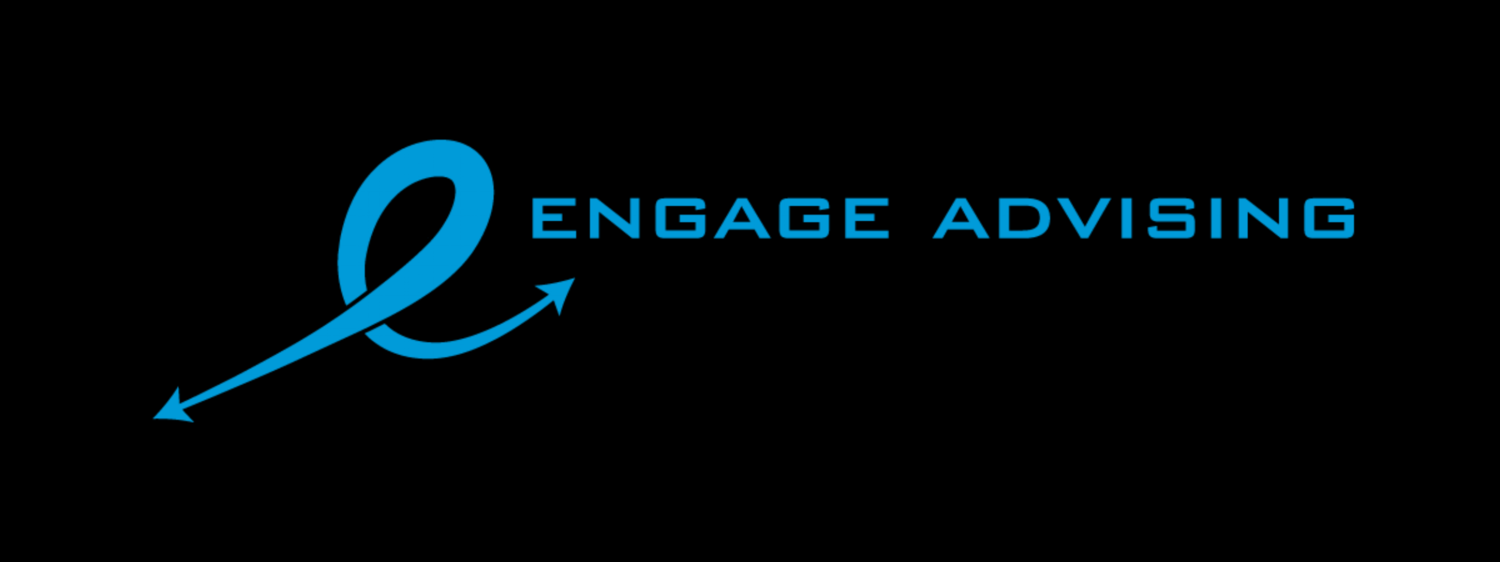I am sure you have all heard the term options mentioned casually in conversation or batted about in the press. But what exactly are folks talking about? Generally, they are referring to stock options, but even that terminology is a bit vague and has many variants. At its most basic, a stock option is the right, but not the obligation, to buy a share of stock at an agreed upon price at an agreed upon date. This is quite an advantage for the option holder and presents lots of planning opportunities.
Although companies can reward employees, and non-employees, with various types of options, there are two that are most common, the Incentive Stock Option, or ISO, and the Nonqualified Stock Option, or NSO (sometimes NQSO). Both have their own unique advantages. For example, ISOs can only be granted to employees and come with favorable tax treatment provided certain conditions are met. NSOs can be granted to non-employees, outside directors, consultants, and contractors but don’t offer the favorable tax treatment of ISOs.
With options, timing creates planning opportunities.
With an ISO, if you hold the shares for at least one year from the date of exercise, and two years from the date of grant, you can qualify for more favorable long-term capital gain taxation. If you do not follow this timeline, you will likely pay a combination of ordinary income tax and short-term gain rate. I include both because it depends upon your choice of exercise, timing, and tax bracket. Every situation can be unique.
Knowing this timeline, the option holder can assess their tax mitigation opportunities. This is a good thing to know given that ISOs are still one area where a taxpayer may encounter owing AMT (Alternative Minimum Tax). You see, AMT will likely be due on the bargain element of your option. What’s the bargain element? It’s simply the exercise price minus the grant price times the number shares. Say your company granted you 1,000 shares at $5 per share December 15, 2018. You exercise at $25 per share on January 15, 2021 (well past the two-year grant anniversary), your bargain element is $20,000. If you are in the 28% tax bracket, this could lead to $5,600 in AMT due for 2021. Not huge, but now imagine if you are dealing with 10,000 or 100,000 shares. You see how this could lead to a major cash crunch the following year when you file your taxes. So, what do you do?
One strategy, if your company’s share price is rising, is to consider paying the AMT. But how? Look forward at least a year and sell the shares you exercised on January 15, 2021, after January 15, 2022, but before tax filing in April. Why? This creates a qualifying disposition and favorable tax treatment on your gain. You can sell just enough shares to cover the AMT due for the 2021 exercise, or sell all shares you hold from that exercise and diversify. Either way, the gain between exercise from January 15, 2021 and at least one year later (after January 15, 2022) will qualify for the long-term capital gain tax rate.
But what if you exercise in January 2021, are facing a potentially large amount of AMT on your bargain element, and your share price is declining? The amount of AMT due for tax year 2021 could be higher than the value of your shares by year’s end. One thing you can do is to monitor your share price and if the decline continues, sell by December 31, 2021 creating an intentional disqualifying disposition. With this move, the AMT bill goes away and, as mentioned earlier, you may owe a combination of ordinary income and/or short-term capital gain depending upon several factors such as your income, number of shares sold, exercise price, and grant price. You really need to sit down with an adviser and work those numbers. Ironically, paying ordinary income or short-term capital gain rate may be less than the AMT you owed depending upon the amount of bargain element.
By exercising your ISOs early in the year, between say January and March, you have the opportunity to monitor your share price over the course of the year. If the price is increasing steadily, you may wish to consider holding, paying the AMT, and selling shares a year after exercise. If the share price is declining, you may wish to sell your shares by December 31 in an intentional disqualifying disposition to avoid the AMT bill, and pay ordinary income tax.
When dealing with financial decisions, there is never a standard one-size-fits-all approach. Each person’s situation is unique. Having a CFP® in your corner can be a great advantage and is well worth the time and money to work through these issues.
As an independent Certified Financial Planner™, I can help you make these decisions and create a long-term plan. Contact me and let’s get started. #talktometuesday #education #Hireaplanner #stressfree #newyear #savings #goals #2021 #debtfree #AMT #tax #ISO #NSO #NQSO #Option #CFPPro #LetsMakeAPlan


